If there's one thing that supplement scientists have gotten great at, it's identifying pearls of truth in the world's traditional nutrition and folk medicine practices. We've written a lot of articles about botanical extracts, many with compelling research, but forgettable historical context.
It's a different story with Rafuma (Apocynum venetum) -- the more you read about this flowering perennial rhizomatic herb, the more impressive it becomes. Traditionally, fiber harvested from its rhizome goes by "the king of the wild fibers".
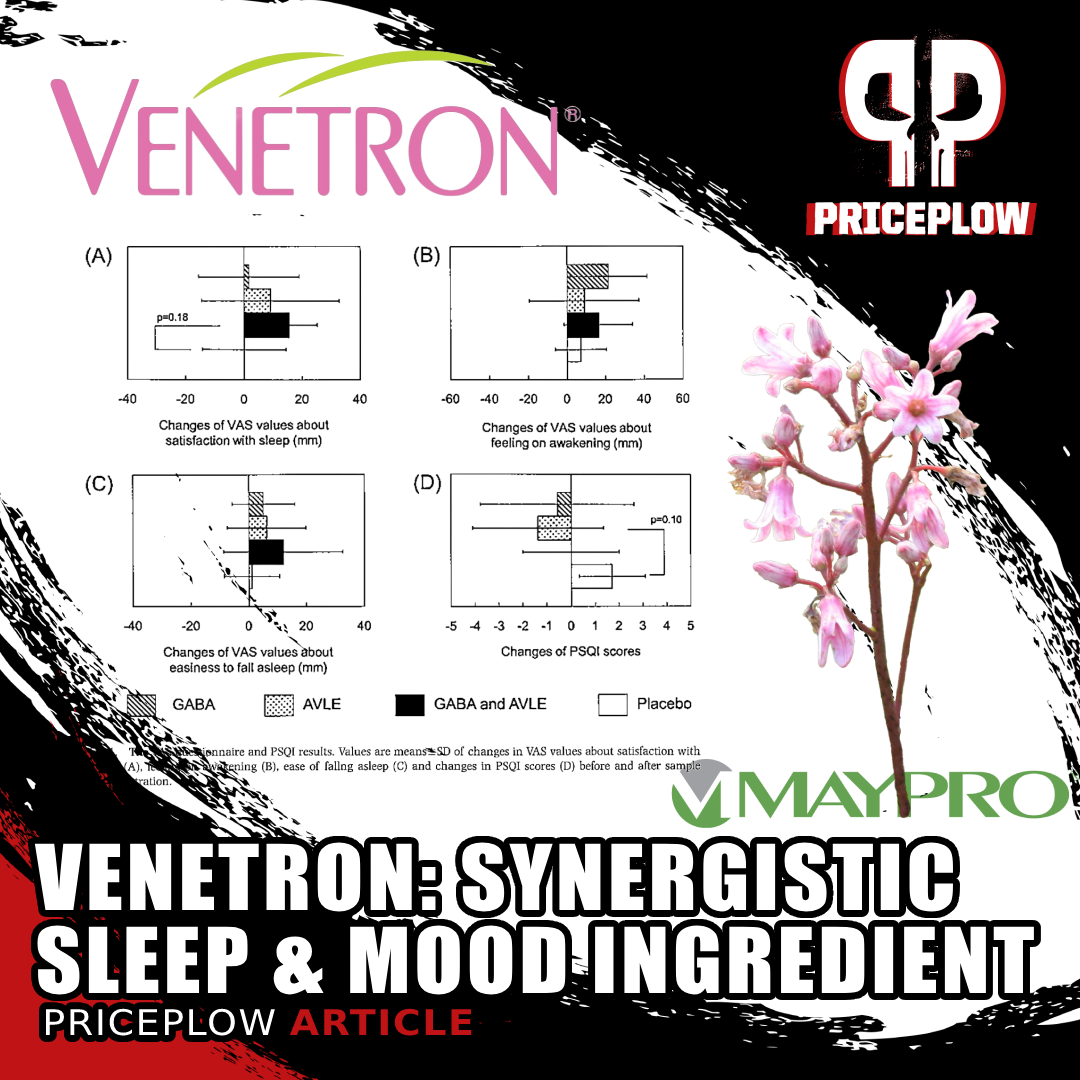
Venetron is an Apocynum venetum extract developed for sleep and stress support by Tokiwa Phytochemical and sold and distributed by Maypro Industries. It synergizes very well with GABA, with constituents that inhibit the metabolism of serotonin.
Although it's most commonly associated with traditional Chinese medicine, its range extends considerably further northwest. Pretty much anywhere it grows, people have found a use for it, and that's because it has documented antihypertensive, cardiotonic, hepatoprotective, antioxidant, lipid-lowering, antidepressant and anxiolytic effects.[1]
It's the last two of those -- for mood and sleep -- that we're going to focus on today:
Venetron – A Synergistic Extract for Mood, Stress, and Sleep
With such a huge array of potential uses, it might seem difficult to settle on a specific application for Rafuma. Fortunately, Tokiwa Phytochemical has given us Venetron, an expert standardized extract with clinical research backing its positive effects on mood, stress, and sleep. This makes sense: the plant does have sedative effects, after all - it's even synergistic with GABA.
Venetron is sold and distributed by Maypro Industries, who have supported Venetron's use in some incredible supplements like Glaxon Tranquility -- and we're hoping for more to catch on.
In this article, we'll get into the research conducted on Venetron, but first, make sure you sign up for our news alerts on Venetron and Maypro so that PricePlow contacts you when there's new research and ingredients to cover:
Subscribe to PricePlow's Newsletter and Alerts on These Topics
Venetron’s Clinical Trials
We have access to several clinical trials to reference as the basis of our Venetron discussion. What's remarkable about these studies is that they're all Venetron-specific – i.e., the materials used were not just generic Apocynum venetum extracts, but rather, the Venetron product itself, which is notable for obvious reasons.
Equally remarkable is that these studies go all the way back to 2006, so Venetron has been in development for a long time.
-
Antidepressant Effects (2006)
You've probably heard about how flavonoid antioxidants can improve health by fighting inflammation and oxidative stress.[2] What's less well-known is that certain flavonoids can have mood-supporting effects as well.
Just to give one example, the perennial flowering plant St. John's Wort is a popular herbal antidepressant alternative. It has mood-boosting effects, thanks to key flavonoids like rutin, quercetin, and isoquercetin.[3] As it turns out, A. venetum contains the same flavonoids![4]
In a 2006 study, subjects were given either Venetron or a placebo for 8 weeks. The standard dose of 50 milligrams Venetron per day was used.[4]
The researchers used the Hamilton Depression Rating Scale (HAM-D) and Clinical Global Impression (CGI) inventories to quantify changes in participants' mood throughout the study period. The HAM-D differs from the CGI primarily in that the former is a questionnaire filled out by patients, while the CGI is completed by their healthcare providers.[4]
This study was carried out in patients with mild depression, which means a HAM-D score between 14 and 20 points.
At the end of the 8 week study period, both groups had improved, but the Venetron group improved significantly more – 40% of Venetron subjects experienced a HAM-D improvement of more than 10 points, compared to 32% of the placebo group.[4] And 60% of the Venetron group had a HAM-D score of less than 8, which indicates normal mood, compared to 52.6% of the placebo group.[4]
This represents a modest, yet significant, mood improvement with Venetron.
Next, researchers took a look at stress:
-
Anti-Stress Effects (2009)
In a 2009 Japanese study, Venetron went head-to-head against gamma-aminobutyric acid (GABA), a neurotransmitter with known anti-stress effects that's commonly used in dietary supplements.
This was a randomized, double-blind, placebo-controlled crossover study, which means that a relatively small sample of subjects served as their own controls by completing all treatment conditions in the study.[5] The four conditions were:
- Placebo
- Venetron
- GABA
- Venetron + GABA
The study took place over 4 days, and on each day the subjects completed a different treatment condition, and then performed a stressful task. After the task, their stress levels were measured subjectively through questionnaires, and objectively through blood tests for cortisol and chromogranin A.
The famous stress hormone, cortisol, should need no introduction. Chromogranin A is pretty obscure, though, so just know that this glycoprotein is secreted in response to sympathetic nervous system activity, and is thus accepted as a reliable biomarker for stress.[6]
Both GABA and Venetron (here marked as AVLE) caused a statistically significant decrease in chromogranin A levels. The GABA + Venetron combination caused an even bigger decrease.[5]
In light of that, it's interesting to observe that Venetron and GABA both decreased chromogranin A levels, to a similar extent. Moreover, the combination of these two supplements did even better, which opens the door to leveraging synergistic effects in future supplement formulas.[5]
Venetron and GABA also both tended to decrease cortisol, although this effect did not achieve statistical significance.[5]
-
Promotes Sleep
A 2015 single-blind, randomized, crossover study looked at Venetron's impact on sleep.
This study actually looked at Venetron in comparison to gamma aminobutyric acid (GABA), an inhibitory neurotransmitter with sedative effects that is centrally involved in the onset of sleep. Put simply, GABA receptor activation produces sleep[7] – so if Venetron turned out to be comparable in its effects to clinically-dosed GABA, that would say a lot about its effectiveness as a sleep aid.
With Veentron, you can relax -- the wait for sleep is about over! (Pictured: SteelFit Steel Dreams, with Venetron)
In this study, 16 subjects were randomized to one of four groups:
- GABA
- Venetron
- GABA + Venetron
- Placebo
Because of the small sample size, each subject completed the study twice, but were rotated to a different group each time. This means that the sample size for each group was effectively 8.[8]
The doses used were 50 mg Venetron and 100 mg GABA (the standard GABA dose). The study was conducted in two 1-week study periods, with a 1-week washout period in between.[8]
During the study periods, each subject took the prescribed treatment 30 minutes before bedtime. Researchers used electroencephalogram (EEG) and sleep quality surveys to track the effect that each treatment condition had on sleep dynamics and subjective sleep quality.[8]
Both Venetron and GABA improved multiple dimensions of sleep quality as measured by electroencephalogram (EEG).[8]
The EEG data showed improvements from both GABA and Venetron, but it isn't clear from that data which supplement performed better. However, they both improved every dimension of sleep dynamics measured – and when it came to assessments of subjective sleep quality and satisfaction, the GABA + Venetron combination did significantly better than any other treatment condition at improving overall sleep satisfaction and easiness to fall asleep.[8]
Quantification of subjective sleep satisfaction by visual analog scale (VAS) and Pittsburgh Sleep Quality Index (PSQI) indicated significant improvements thanks to Venetron.[8]
Synergistic effects but more satisfactory sleep with Venetron
When it came to overall satisfaction, Venetron alone did much better than GABA alone – but again, there were significant synergistic effects between the two.[8]
This definitely opens the door to future supplement formulations combining Venetron and GABA, or perhaps GABA precursors.
-
Improves Menstrual Symptoms
In a 2023 randomized, double-blind, placebo-controlled study, 44 women were assigned to receive either 50 mg Venetron or a placebo for the duration of a complete menstrual cycle (25 to 38 days).[9]
The subjects answered a Mood Disorder Questionnaire (MDQ) and Oguri-Shirakawa-Azumi sleep inventory (OSA-MA) at three separate times during their menstrual cycle: 3 days before, 2 days after the start of, and then 8 days after the start of menstruation. In the study data, these days correspond to before menstruation, during menstruation, and after menstruation.[9]
50 mg Venetron significantly improved multiple menstruation-related symptoms, both before and during the cycle.[9]
Although no significant inter-group differences were observed on the OSA-MA, Venetron did significantly improve several subscores on the Mood Disorder Questionnaire, resulting in overall score improvement as well.[9] The statistically significant differences are outlined in red in the inset chart.
Safety Profile
Of course, with any novel supplement, we should definitely be concerned about its safety profile. Fortunately, we have at least two quality studies looking at how Venetron is tolerated in humans.
The first one was done in 2009 and included 32 males aged 22 to 62. The study period was 12 weeks and involved variable dosing – the subjects took 50 mg Venetron for the first 8 weeks, and 150 mg (6 tablets) for the last 4.[10] The advantage of tripling the dose is obvious – if the supplement is going to cause problems, they're more likely to appear at a higher dose.
In spite of the massive dose, no adverse changes were observed in any of the many variables tracked by the study authors. As a matter of fact, the only significant change was that Venetron slightly reduced blood pressure.[10]
A 2018 review of Venetron's safety profile noted that in addition to the 2009 Japanese study, an 8-week clinical safety trial was carried out on 50 milligrams of Venetron per day in 39 participants from Canada, the UK, and USA. This trial didn't find any adverse effects, either.[11]
The 2018 review also includes some toxicological data from animal studies, one of which determined the LD50 of Venetron (recall that LD50 is defined as the dose at which 50% of animals do not survive).
According to the review, the LD50 of Venetron in mice is over 2,000 mg/kg, which is equivalent to 333 mg/kg in humans. So for a 90 kg (198 lb) human, 30,000 milligrams of Venetron would be the predicted LD50.[11] Since this dose is 600 times the standard 50 mg/day, we suggest it's not much of a practical concern.
A study in rats found that there were no adverse effects up to 250 mg Venetron per day.[11] The human equivalent of this is about 42 mg/kg, or 3,750 mg for a 90 kg/198 pound human. Obviously, this dose is still way beyond the standard 50 mg/day.
The mechanism of action explained
Venetron Doesn’t Occupy The CYP3A Enzyme
Compared to other mood-stabilizing drugs and supplements, one of Venetron's biggest advantages is that it is not metabolized by CYP3A, a P450 enzyme that's responsible for the metabolism of the most drugs and supplements of any enzyme in its class.[13]
Good potential adjunct, unlike St. John’s Wort
Because it handles so many different compounds, it's best to avoid interference with the CYP3A system wherever possible. For example, decreased CYP3A availability can lead to drug toxicity, drug-drug interactions, and other adverse effects.[13] At the same time, upregulating CYP3A can cause problems too, by altering the pharmacokinetics of other substances.
That Venetron does not occupy this enzyme means that use of this supplement presents minimal risk of interaction with other substances, and opens significant possibilities for using Venetron as an adjunct to other supplements or medications.
This is not true of, say, St. John's Wort, which is the most commonly used herbal antidepressant – because St John's Wort is both serotonergic and a CYP3A inducer, it can strongly interact with and negatively affect the pharmacokinetics of commonly-prescribed medications.[14]
Watch our Venetron Video
Supplements Containing Venetron
Here are a few options to check out, in different categories:
- Sleep:
Conclusion: A Better Mood-Enhancing Sleep Aid
Venetron shows great promise as a sleep aid, natural antidepressant, and anxiolytic. This is a role that's traditionally been filled by St. John's Wort, but the pharmacokinetic interactions and side effect profile of St. John's Wort make it an unattractive choice for many.
Given that Venetron doesn't mess with liver detox enzymes, it seems to be extremely well-tolerated, and has synergistic effects with GABA, it could potentially be a St. John's Wort killer — perhaps one day replacing this old standby as the go-to natural alternative antidepressant.
Additionally, the low 50 milligram dose enables easy use in capsule-based applications, even if paired with a larger GABA dose. This invites powerful formulation strategies, a few of which you can see in the preferred products listed above!
Below, you can sign up for our Maypro and Venetron news alerts, and we'll contact you when we cover new Venetron supplements and studies:


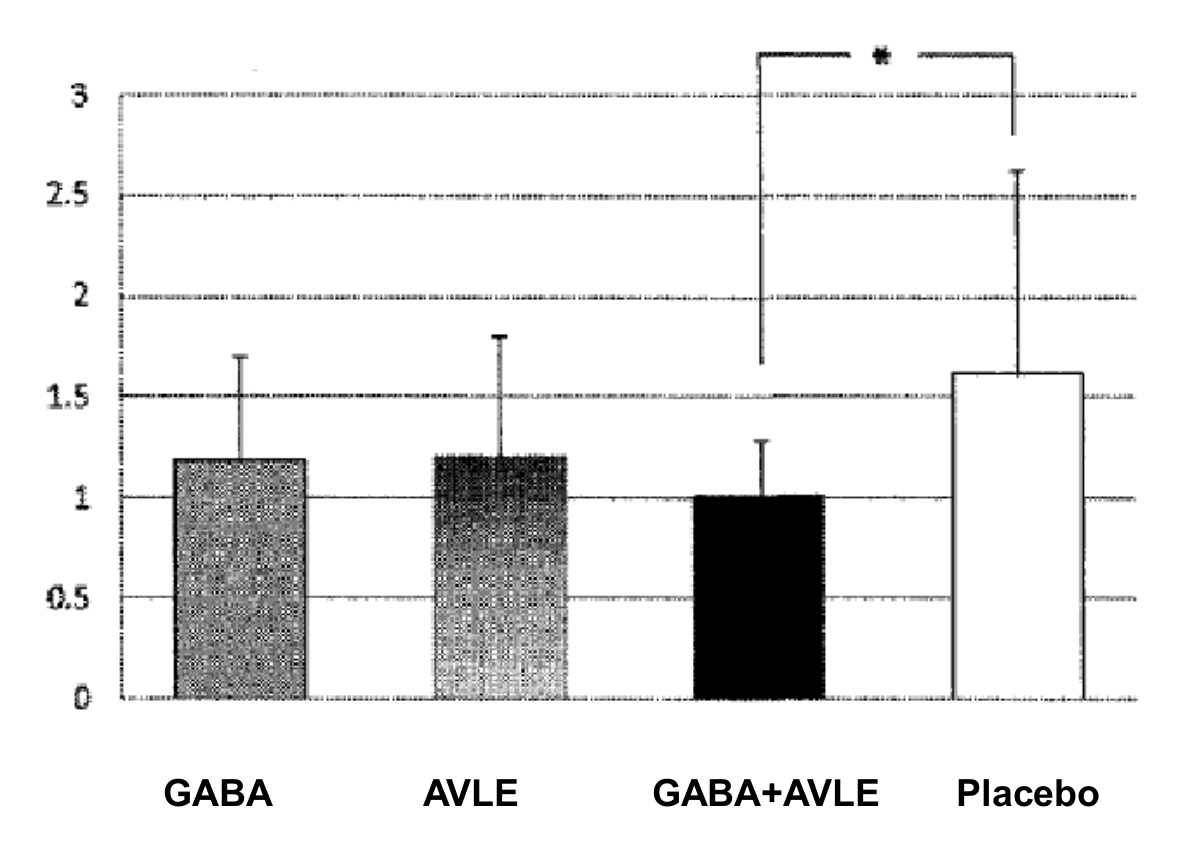
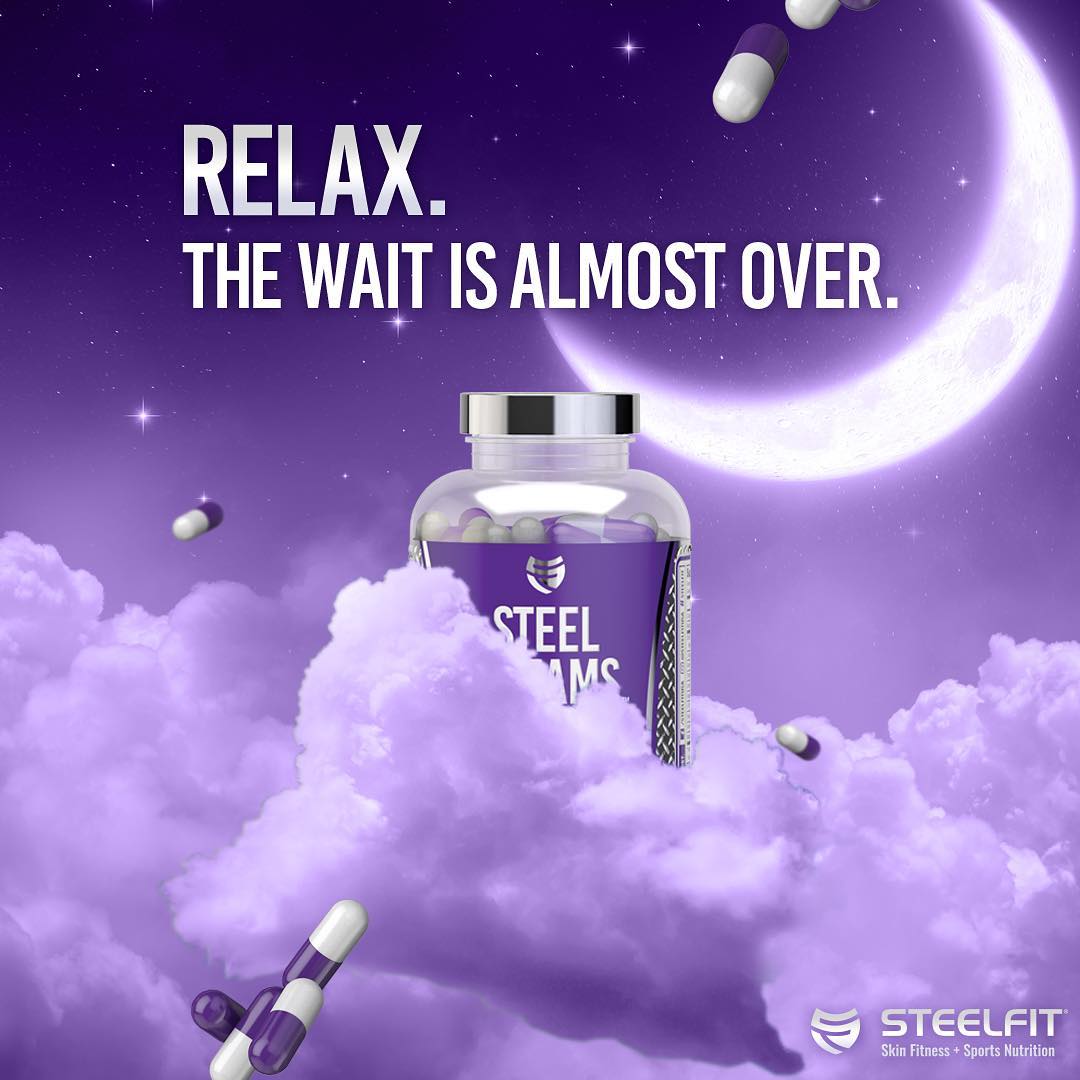

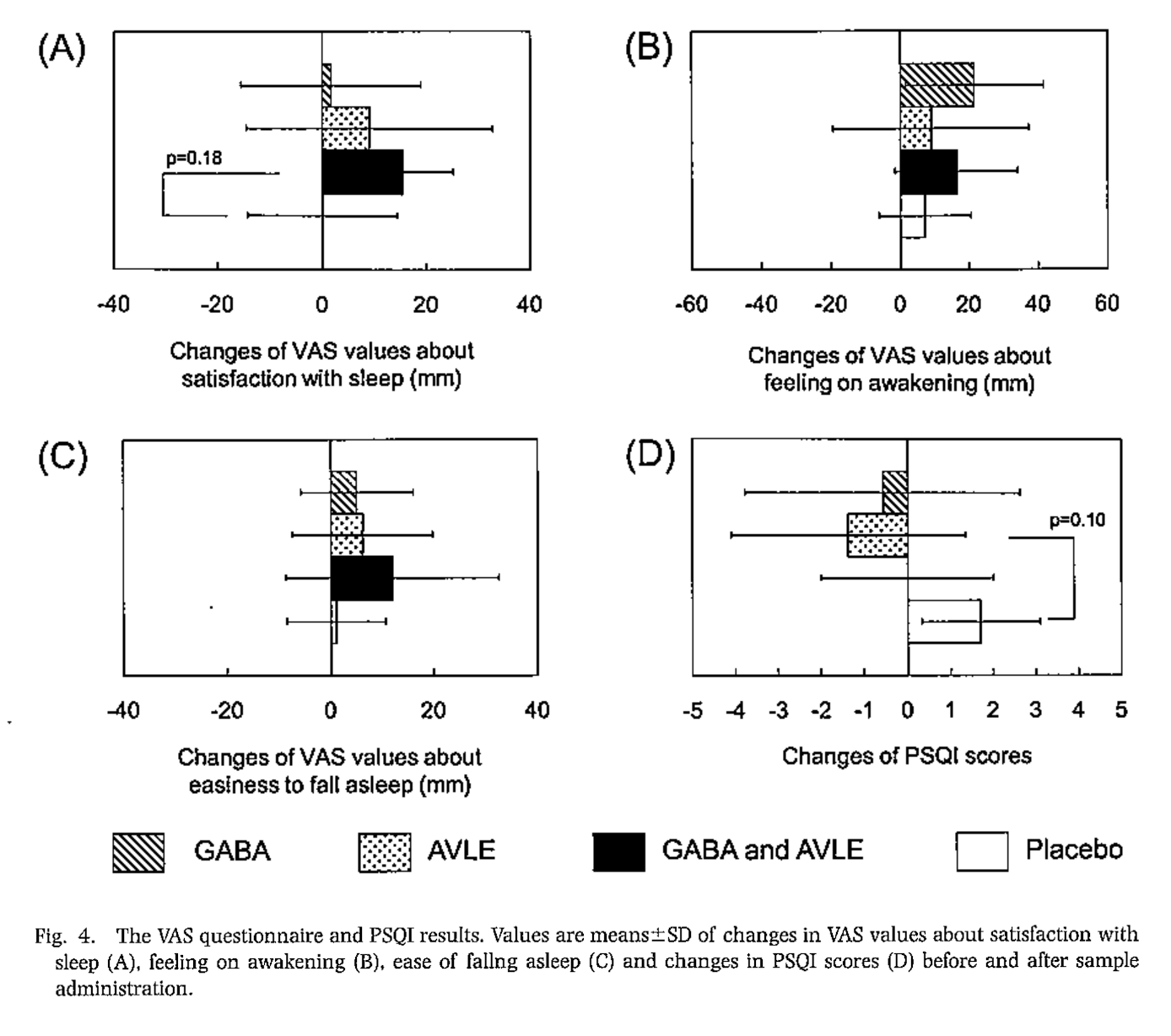
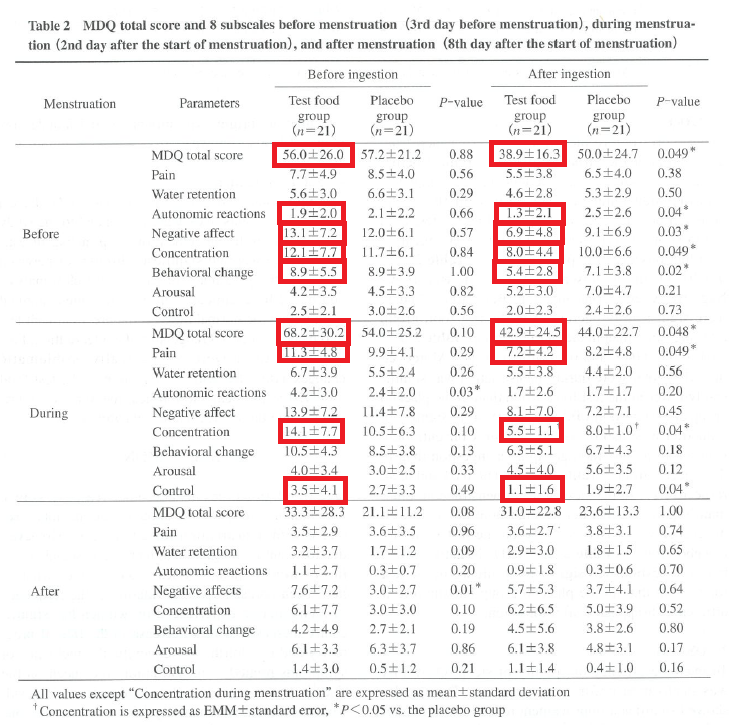






Comments and Discussion (Powered by the PricePlow Forum)